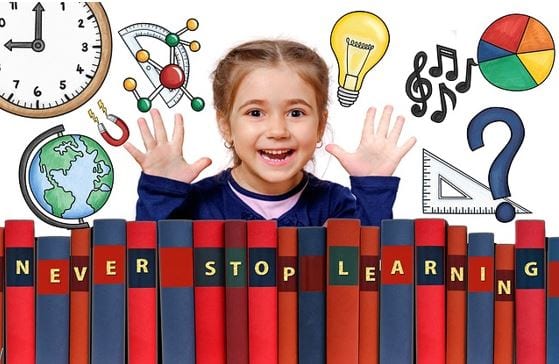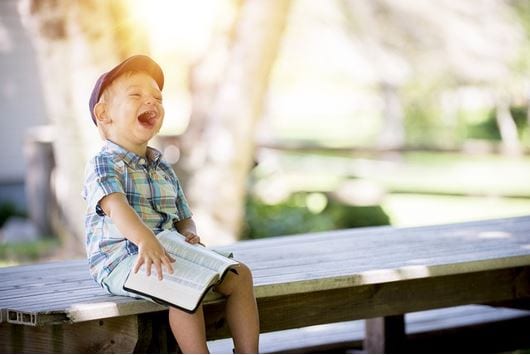3 Essential Things to Know When Teaching Your Child to Read
Reading is an essential early skill that underpins so much future learning. But what can you do if reading really isn’t as easy as ‘a b c’ for your child? How can you help get them back on track with reading, preparing them for the years of education to come?
We interviewed Kathy Nolan, a reading recovery and learning support teacher to find out exactly what you can do to support the little one in your life with learning to read.
Q: What’s the biggest barrier for children learning to read?
A: Their own belief in themselves. I find its not until they start realising ‘oh I can do that’ that they start getting anywhere. It’s a struggle until then! The hardest and most important part of teaching children to read is making them believe that they can do it.
Q: Ok, so how exactly do we make them believe they can do it?
A: Three things!
1. Start with a roadmap
If you are going on a long journey you must look at a map first. Reading is the same, tell them where the story will go, and what will happen. Take time to sound out tricky words and practise new or difficult phrases. After all that you can start trying to read the book.
Because the child knows what the story is about ahead of time they can comprehend what it is happening, and when reading they do some visual comprehension of the letters as well as guesswork to figure things out.
Q: So, guesswork is ok?
A: Yes, its encouraged! We want them to guess because this is building vital inferential skills. They can use the pictures or storyline to interpret what is going on. It makes them active, rather than passive learners because they are searching for the answer themselves.
‘It also helps link the visual information of the shape of the words to pictures and knowledge the child already has.’

Learning is all about making mental connections and linking new information to things you already know. As you learn your brain literally builds new pathways between pieces of knowledge so making those connections between ideas is so important! To read more click here.
2. Start with what they know
You must always start with what they already know, no matter what level they are at.
At the most basic level a child may only know their own name, but you can work with that!
Have fun creating a short book with them; photograph them skipping, jumping, running, playing, and print out some pages with the words “John is running, John is skipping” in large print.
It is very simple, but some kids need that first stepping stone to get the confidence to try slightly harder things. This is part of building that belief that they CAN read. Give them material that is accessible, which also brings me to…
3. Never let them struggle
If the child really can’t work out a word – help them straight away. If you let them struggle all the time that tells them that they can’t do it, which we want to avoid!
You also don’t want to just give them the answer, then they aren’t doing any mental work at all. Instead give hints and prompts – getting progressively easier – until they get it. The challenge is figuring out exactly why they are struggling, what they know already, and what hints will get them to the right answer while making them do a lot of the thinking work themselves.
Hints like; “rhymes with star” or “what was the blue thing we drew earlier? That’s right a car!” have the added benefit of creating those oh-so-important connections between bits of knowledge. The more connections, the more neural pathways are built, and the more likely the child will remember the idea and how to read that word later.
Eventually with patience children will start to realise “I can read!” Once they have that confidence their learning will accelerate and soon they will be keen reader.

Q: Any final thoughts?
A: Children are world class mimickers. Point at the words as you read them one by one when reading to very young children; eventually you want to encourage them to mimic this behaviour when they start trying to read.
Exposure is everything. Expose kids to many objects, words, shapes, images, ideas, and environments. Speak to them often and speak in front of them complexly. The more language and ideas they are exposed to, the more they will absorb and the more connections between ideas can be made.
Written by Anne Gwilliam

